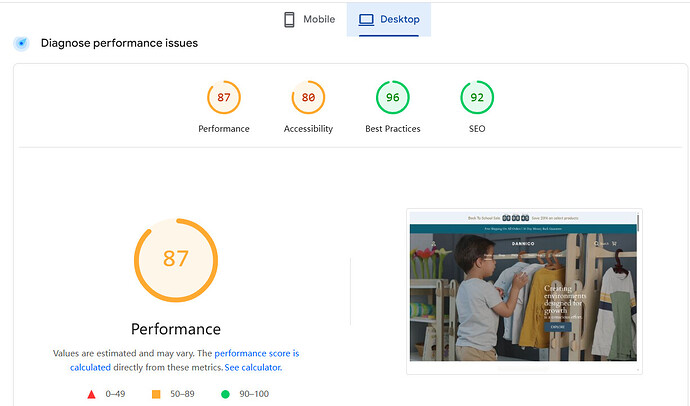Hii, @moosaes
You’ve done a great job building your store and optimizing many aspects. Based on your numbers, there could be several reasons for the drop-off after checkout initiation. You can do a few things that might help you.
Price Psychology
High-ticket items like your kids’ furniture require careful attention to how the price is perceived. Even though you’ve optimized your images and descriptions, sometimes a high price can trigger hesitation. Consider these options:
Show the ‘original price’ and then the ‘discounted price’ if applicable, to make the price seem like a better deal.
Highlight limited stock or time limited offers to create urgency.
Financing Options Offer flexible payment plans like Klarna, Afterpay, or similar. These tools can reduce the initial sticker shock by allowing customers to pay in installments.
Trust Signals at the Final Step
For high-value items, customers need to feel 100% confident about the purchase. These trust signals can be game changers
Money back guarantees Especially for higher-end products, a money-back guarantee can encourage hesitant customers to complete the purchase.
Third-party validation Include a secure payment icon, trusted by certifications, and positive product reviews near the final purchase button to reassure customers.
Clear Returns & Shipping Policies Display your shipping and return policies, especially on the final checkout page. Customers often hesitate when they don’t understand the logistics.
Mobile Quirks
As mobile shopping grows, ensuring a flawless mobile experience is critical. A few insights to consider
Responsive Mobile Checkout Ensure your checkout fields are optimized for mobile use dropdowns that don’t overlap, large touch-friendly buttons.
Loading Speed Even if the content is polished, slow page loads on mobile can cause people to abandon. Since you’re already aware of performance, consider using a mobile-specific version of the store or reducing the number of mobile-specific scripts that might be slowing it down.
Ensure buttons and actions are designed for easy thumb navigation on mobile devices.
Abandoned Cart Strategy
Since you already have high engagement cart initiations, it could be worth focusing on how you re-engage abandoned carts
Exit-intent popups Offer a discount or an incentive when a customer tries to exit the page before completing the purchase.
Reminder Emails Sending a follow-up email with a personalized message about the product(s) in their cart. You can also offer an additional incentive free shipping or small discount in this email to nudge them to complete the purchase.
By leveraging these strategies, you can improve conversion rates while continuing to provide a seamless shopping experience for your customers.
If you’d like to explore further speed and performance optimization, Website Speedy App can help you quickly compress images and reduce load times, ensuring a smooth user experience across all devices.







